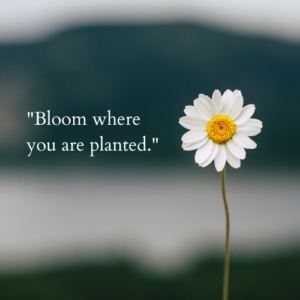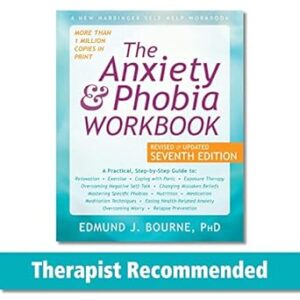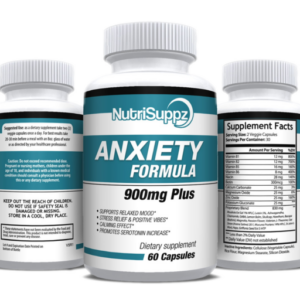27 Aug Understanding Anxiety and Phobias: Navigating the Complex Relationship
Understanding Anxiety and Phobias: Navigating the Complex Relationship
Introduction
Anxiety and phobias are often intertwined, creating a challenging cycle that can significantly impact daily life. While anxiety is a general feeling of worry or fear, phobias are intense, irrational fears of specific situations, objects, or activities. Understanding the relationship between anxiety and phobias is crucial in developing effective coping strategies. This article explores the complexities of anxiety and phobias, their symptoms, causes, and potential treatment options.
The Nature of Anxiety
Anxiety is a natural response to stress, characterized by feelings of tension, worry, and physical changes like increased heart rate and sweating. It is a common experience that everyone encounters at some point in their lives. However, when anxiety becomes excessive or persistent, it can interfere with daily functioning and lead to more serious conditions, such as generalized anxiety disorder (GAD), panic disorder, or social anxiety disorder.
Anxiety can manifest in various ways, from mild unease to full-blown panic attacks. It can be triggered by specific situations, such as public speaking or being in crowded places, or it can occur without any apparent reason. The symptoms of anxiety are not just limited to the mind; they can also affect the body, leading to issues like headaches, digestive problems, and sleep disturbances.

Understanding Phobias
Phobias are a type of anxiety disorder characterized by an intense, irrational fear of a specific object, situation, or activity. Unlike general anxiety, phobias are linked to particular triggers and can cause overwhelming fear that is out of proportion to the actual danger posed. Common phobias include fear of heights (acrophobia), fear of flying (aviophobia), and fear of spiders (arachnophobia).
The severity of phobias can vary from person to person. Some individuals may only experience mild discomfort when confronted with their fear, while others may go to great lengths to avoid the object or situation that triggers their phobia. In severe cases, phobias can lead to panic attacks and significantly limit a person’s ability to function normally in everyday life.
The Link Between Anxiety and Phobias
The relationship between anxiety and phobias is complex. While not all anxiety leads to phobias, many people with phobias experience significant anxiety when faced with their specific fears. This anxiety can extend beyond the phobia itself, affecting other areas of life and leading to generalized anxiety.
Phobias often develop as a result of past experiences or learned behavior. For example, a traumatic event involving a dog may lead to a phobia of dogs, which then triggers anxiety in situations where dogs are present. Over time, this anxiety can generalize to other situations, creating a broader pattern of anxious behavior.
Symptoms and Impact
Both anxiety and phobias can produce a wide range of symptoms that affect the mind and body. Common symptoms include excessive worry, rapid heartbeat, shortness of breath, sweating, trembling, and a sense of impending doom. These symptoms can be mild or severe, depending on the individual and the specific circumstances.
The impact of anxiety and phobias on daily life can be profound. They can interfere with work, school, and relationships, making it difficult to maintain a normal routine. People with phobias may avoid certain places or activities, limiting their ability to enjoy life fully. In some cases, the fear and anxiety become so overwhelming that they lead to isolation and depression.
Causes of Anxiety and Phobias
The causes of anxiety and phobias are multifaceted and often involve a combination of genetic, environmental, and psychological factors. Genetics play a role, as anxiety and phobias tend to run in families. Environmental factors, such as traumatic experiences or stressful life events, can also trigger the development of anxiety and phobias.
Psychological factors, including personality traits and learned behaviors, are significant contributors as well. For example, individuals who are more prone to negative thinking or who have a tendency to overestimate danger may be more likely to develop anxiety or phobias.
Treatment and Coping Strategies
Fortunately, anxiety and phobias are treatable conditions. Cognitive-behavioral therapy (CBT) is one of the most effective treatments, helping individuals challenge and change the negative thought patterns that fuel their fears. Exposure therapy, a type of CBT, involves gradual exposure to the feared object or situation in a controlled environment, helping to reduce the anxiety response over time.
Medication, such as antidepressants or anti-anxiety drugs, may also be prescribed to help manage symptoms. However, medication is often used in conjunction with therapy for the best results.
Self-care practices, such as mindfulness meditation, regular exercise, and adequate sleep, can also play a crucial role in managing anxiety and phobias. Building a strong support network of friends, family, or support groups can provide additional emotional support and encouragement.
Conclusion
Anxiety and phobias are deeply connected conditions that can have a significant impact on an individual’s life. Understanding the nature of these disorders, their symptoms, causes, and available treatments is essential for effective management. By seeking professional help and adopting healthy coping strategies, individuals can reduce the hold that anxiety and phobias have on their lives, leading to greater well-being and peace of mind.
This exploration of anxiety and phobias is part of a broader series on mental health and well-being. In future articles, we will delve deeper into related topics such as cognitive-behavioral therapy, mindfulness techniques, and the role of nutrition in managing anxiety.
Understanding Anxiety and Phobias: Navigating the Complex Relationship



No Comments